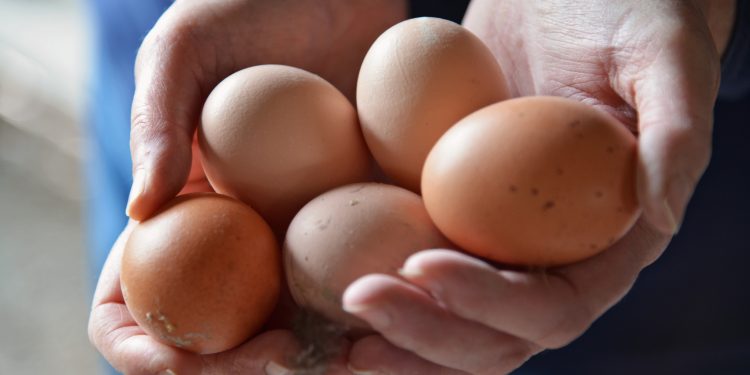
Poultry is the commercial breeding of various types of domesticated birds for the purpose of marketing meat and eggs. The most common bird and largely bred by the poultry sector is the chicken. About 600 million chicks are housed every month only in Brazil, generating a protein source of high value and low cost.
The UK and the US are the largest consumers of meat and chicken eggs world. On average, they consume more than 29 million chicken eggs each day. Commercial poultry is essential to meet this demand.
Want to know how the poultry industry works? Keep reading today’s post!
In practice, we have to assume that a certain percentage of the eggs laid will be unfit for incubation. For this reason, the handling of eggs at the production farms is critical to increase the use of eggs that will be incubated.
Besides, the fertile egg is a live element, which must be administered carefully from the farm, according to the routines so that its hatching potential does not decrease.
In the farm, the eggs must be collected at least four times a day. The goal is twofold: to prevent breakage and reduce the possibilities of contamination.
In times of extreme temperatures (intense heat or cold), it is advisable to increase the frequency of collection to five times a day. On a very hot day, if the egg remains for long in the nest, early embryogenesis may occur, which means, cell divisions of the new embryo begin before it’s incubated, with fatal consequences.
If the temperatures are lower, the content of the eggs is subjected to contraction and an air chamber is formed by suction through the pores of the shell. When the surface is dirty, the penetration of germs is high.
To elect the eggs to be sent to incubation, we must keep in mind the following questions:
Size
Incubated eggs must not weigh less than 52 g or more than 69g. In small eggs, embryonic development is difficult and the chicks are born smaller and weaker than desirable. Large ones, more frequent at the end of the laying period, have difficulty hatching, since:
Shape
Atypical forms, breaks and cracks in the shell make them unsuitable eggs for incubation, because they prevent the development of the embryo. Consequently, they are discarded.
Washing
Dirty eggs, even after washing, should be incubated in different trays. They should not be incubated if they spent the night in the shed floor.
Age
The hatchability of eggs varies throughout the production cycle. Important factors that affect hatching rate are:
Treatment of a dirty egg can be done in two ways: scraping or washing.
Scraping has the disadvantage that, as the dirt is removed, it also impairs the egg, exposing the interior to contamination, increasing the risk of “bursting” during incubation, spreading contaminants to the other eggs and also decreasing hatching rate.
Because of this, washing is the most convenient cleaning method, provided that the following conditions are met:
a) The eggs should be placed in separate trays
b) The washing should be performed immediately after collection
c) The solution used should contain an adequate disinfectant
d) The solution temperature should be between 38 and 40 degrees, always higher than the temperature of the egg
e) The washing time should not exceed three minutes
f) The solution must be renewed often (after 3 or 4 washing cycles)
g) The water quality should be appropriate, from the bacteriological point of view
Fumigation is widely used in the disinfection of fertile eggs. It is an efficient and inexpensive method, but its use has been discouraged by the competent bodies because of the possibility of damage to the health of the operator and damage to the embryo, reducing the outbreak.
After collection and disinfection of the eggs, they go to a storage place, where the temperature is lower and they wait for the time of incubation. Typically, the storage period rarely exceeds 7 days. After this period, there’s impairment of the hatching rate.
After the storage period, the eggs are incubated in machines with total control of temperature and humidity until the 18th or 19th day, when they will be transferred to the outbreak chambers. Many hatcheries do a vaccination at this stage, because besides facilitating vaccine management, it stimulates the chick’s immune system earlier.